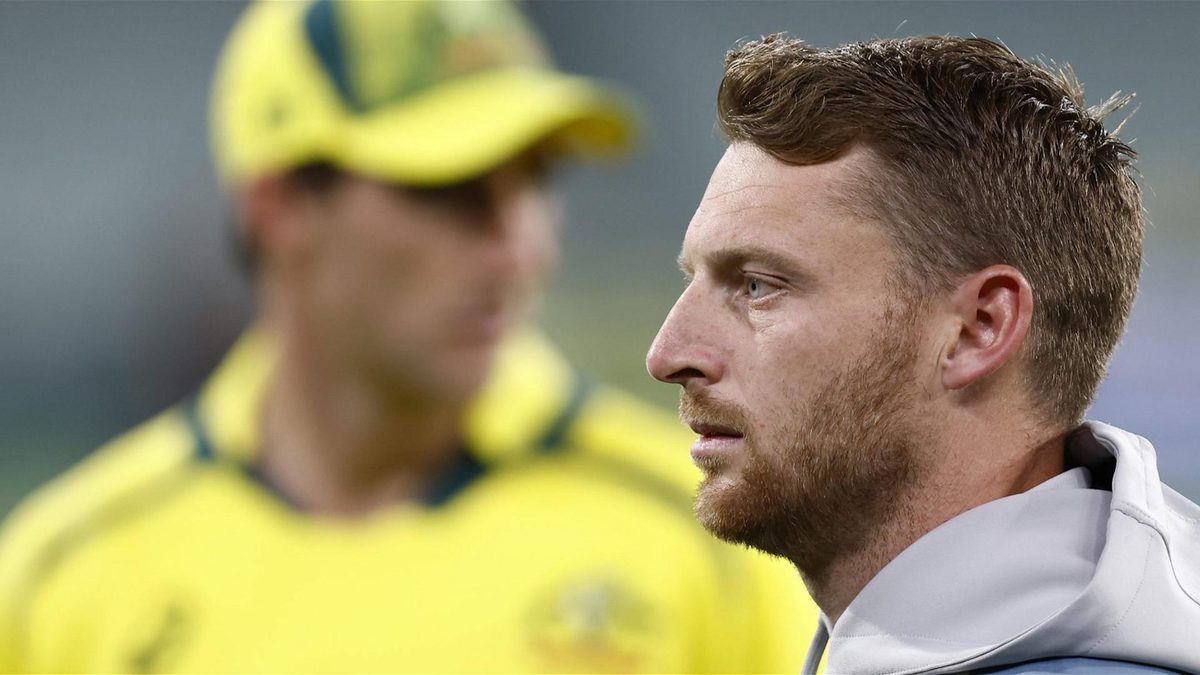
Ben Gardner assesses what there is to be taken from England’s ODI series defeat to Australia.
Australia 3, England nil. It was not a classic.
England lost the final ODI by a record margin to confirm their first whitewash in over a decade, and the response back home amounted to little more than a shrug of the shoulders. But there is still plenty to be learned from the series.
The ODI format, and cricket as a whole, deserves better
Moeen Ali described the series as “horrible” before it had even started. Jos Buttler ran through his favourite sledges in the first game, sat out the second, and hit one up in the air for 1 in the third, before saying that he and his team had tried their hardest. The whole thing was played out in front of largely empty stadia, partly because of the time of year. It is not part of the Cricket World Cup Super League.
So why was this happening at all? The answer can be found in a labyrinthine web of rights deals and backroom machinations between governing bodies and broadcasters. Australia’s TV companies do not enjoy the same cozy relationship with Cricket Australia that Sky and the ECB do – Channel Seven are suing because of their unhappiness with the current arrangement. Their frustration stems from the perceived lack of quality at the offering provided, and this is something of a make-up series, and part of the ‘you scratch our back’ understanding between CA and the ECB. Fitting, then, that it ended up being some of the most hard-to-watch fare these two countries have ever served.
We can’t get into all the issues, about workloads and cut-through and the sport’s subsiding relevance. Let’s just say that, if cricket is to thrive, this turgid affair should serve as an example of how not to do it.
England have a Roy problem, but it’s not clear what the solution is
A duck, six, and then 33 in the final game. An optimist would say that at least Jason Roy improved at the series went on. But really, this is a continuation of a run of poor form that sees Roy averaging 20 since the start of the English white-ball summer, and 21.85 against Full Members since the end of the last Cricket World Cup. Already axed in T20Is, England face a decision over how much longer to stick with the opener.
The issue is, it’s not clear who replaces him. Dawid Malan made an excellent hundred (more on him later), but might be more suited to the middle order. England have been reluctant to back Phil Salt and James Vince as their undisputed first-choice players before. Alex Hales, with a T20 World Cup winners medal around his neck, hasn’t played a game longer than 20 overs a side since May 2019. England don’t have long, in terms of games, until the next World Cup. They have a decision to make.
Australia’s greats are clicking back into gear
Given he was Player of the Tournament at a T20 World Cup in the interim, it went largely unnoticed that David Warner had endured a century-less streak longer than even Virat Kohli’s. Even so, his hundred in the final ODI confirmed his international class just as questions over his future had begun to grow.
Steve Smith, meanwhile, says he’s feeling as good as he has in six years, a stretch which includes one of the all-time great individual series contributions, against England in the 2019 Ashes. Naturally, both have hit their stride with an Ashes series around the corner.
Travis Head is very, very good
If Australia were worried about filling the Aaron Finch-shaped hole at the top of their ODI order, they needn’t be anymore. Travis Head, over the last 12 months, has set about taking apart his ‘nearlyman’ perception, instead earning a Player of the Series award in an Ashes win and now carving out a daddy hundred in the third ODI to nudge his average back above 40.
Head is still only 28, and in 2023 will have tours of India and England and a Cricket World Cup to target. His importance to Australia, as a bridge between the Smith-Warner-Finch era and what comes next, is hard to overstate. There is evidence to suggest he is up to the challenge.
Dawid Malan still has a part to play
Had Dawid Malan’s England career come to an end with a pulled muscle chasing down a routine bunt in the last game before the T20 World Cup semi-finals, it would have been an ill-fitting conclusion for a player who has always given his all and battled with tenacity to make himself central among more fancied fan-favourites. But an end it might have been. Much of Malan’s England journey has been with the goal of a T20 World Cup in Australia in mind. He had already lost his Test place, and he has never been first-choice in ODIs.
That’s odd, in a way, because it is the latter he considers his best format, combining his innings-building and ball-striking talents. These were both on show in his majestic century in the first ODI, and with spots in the England line-up there for the taking, the Malan story may have more still to be written. One thing that is for certain is that he will wring whatever is possible out of what he has left.








